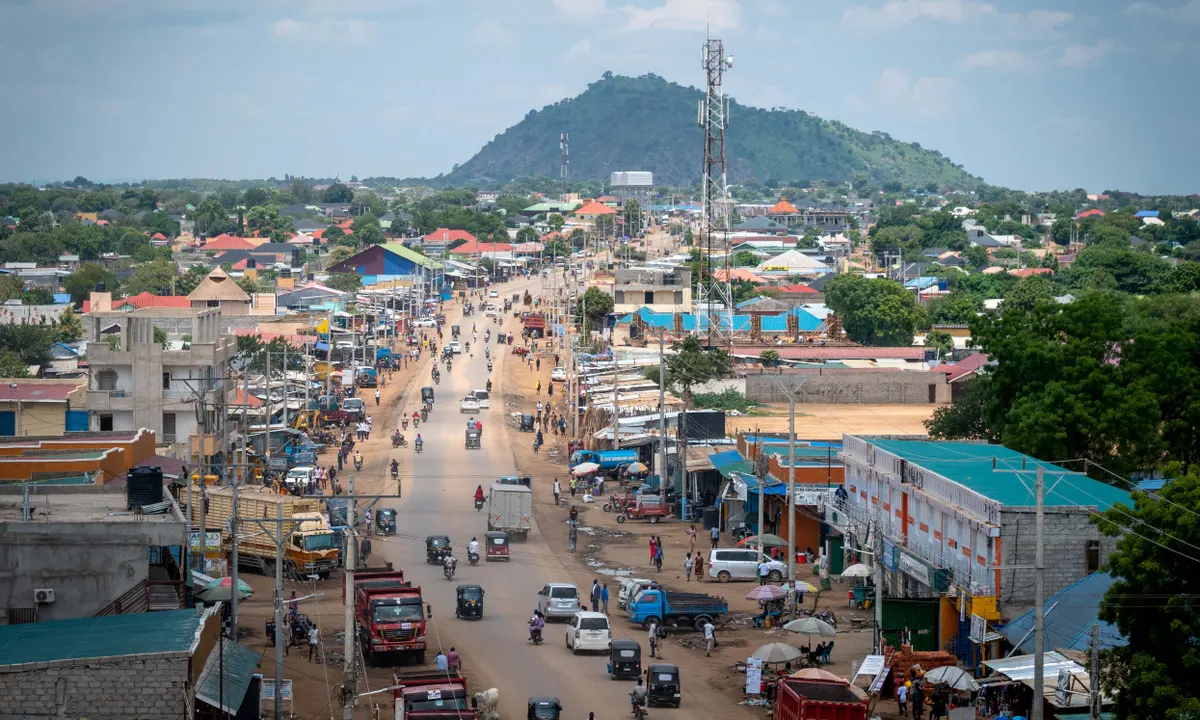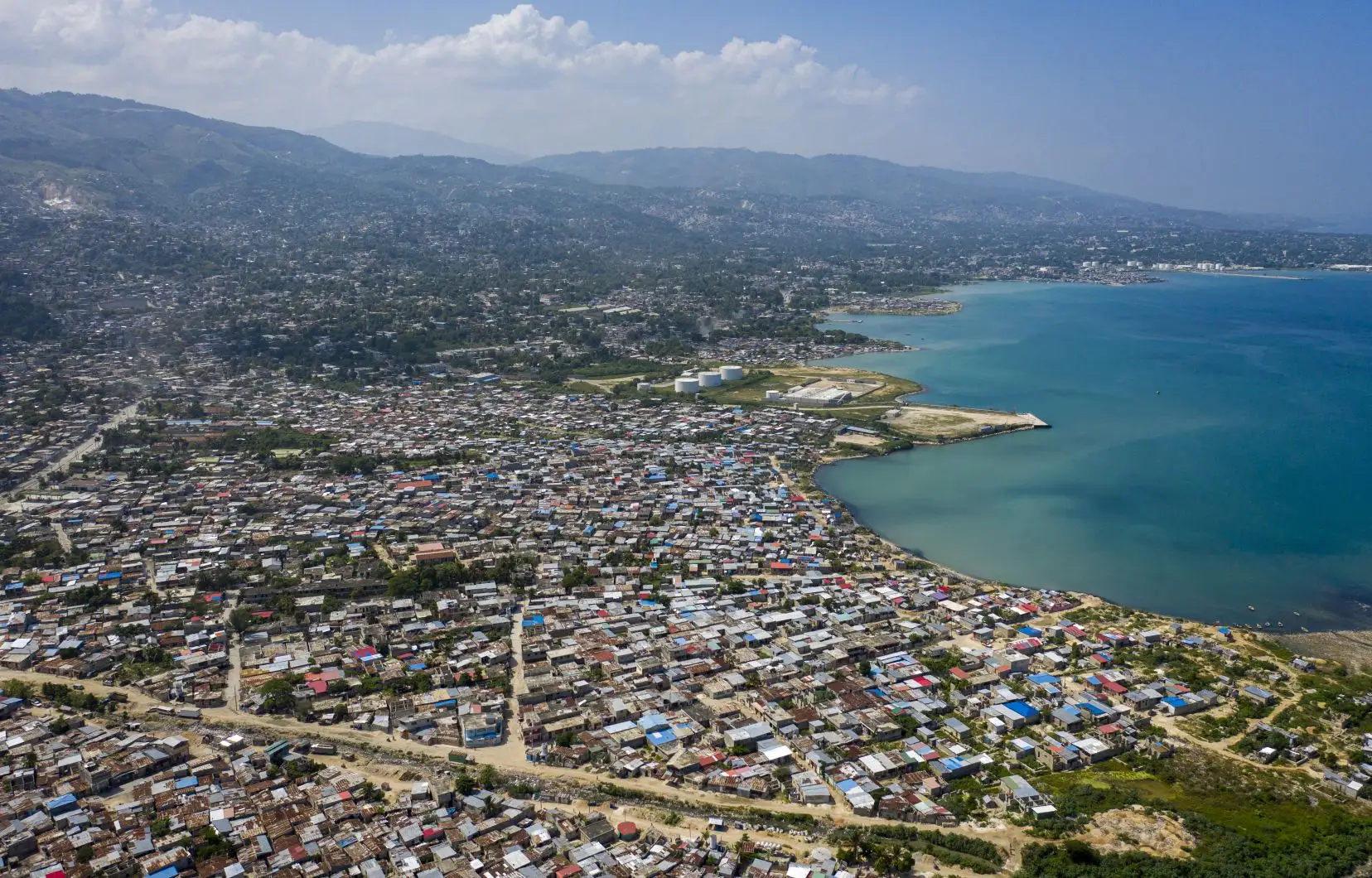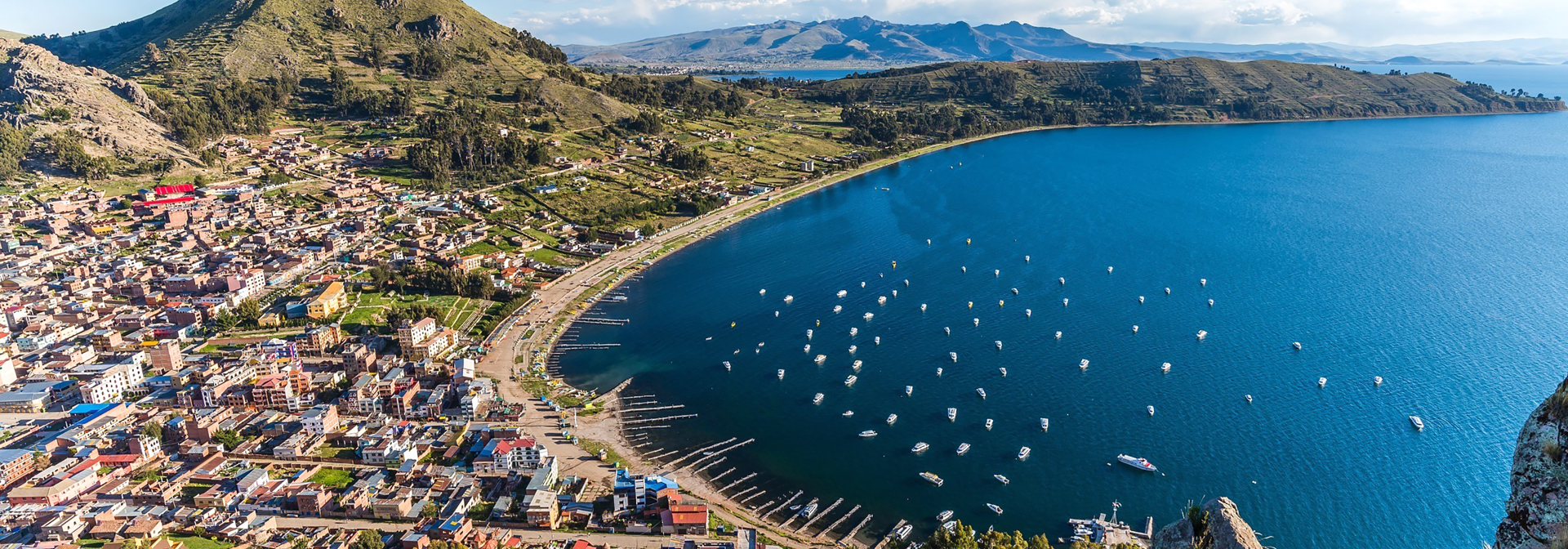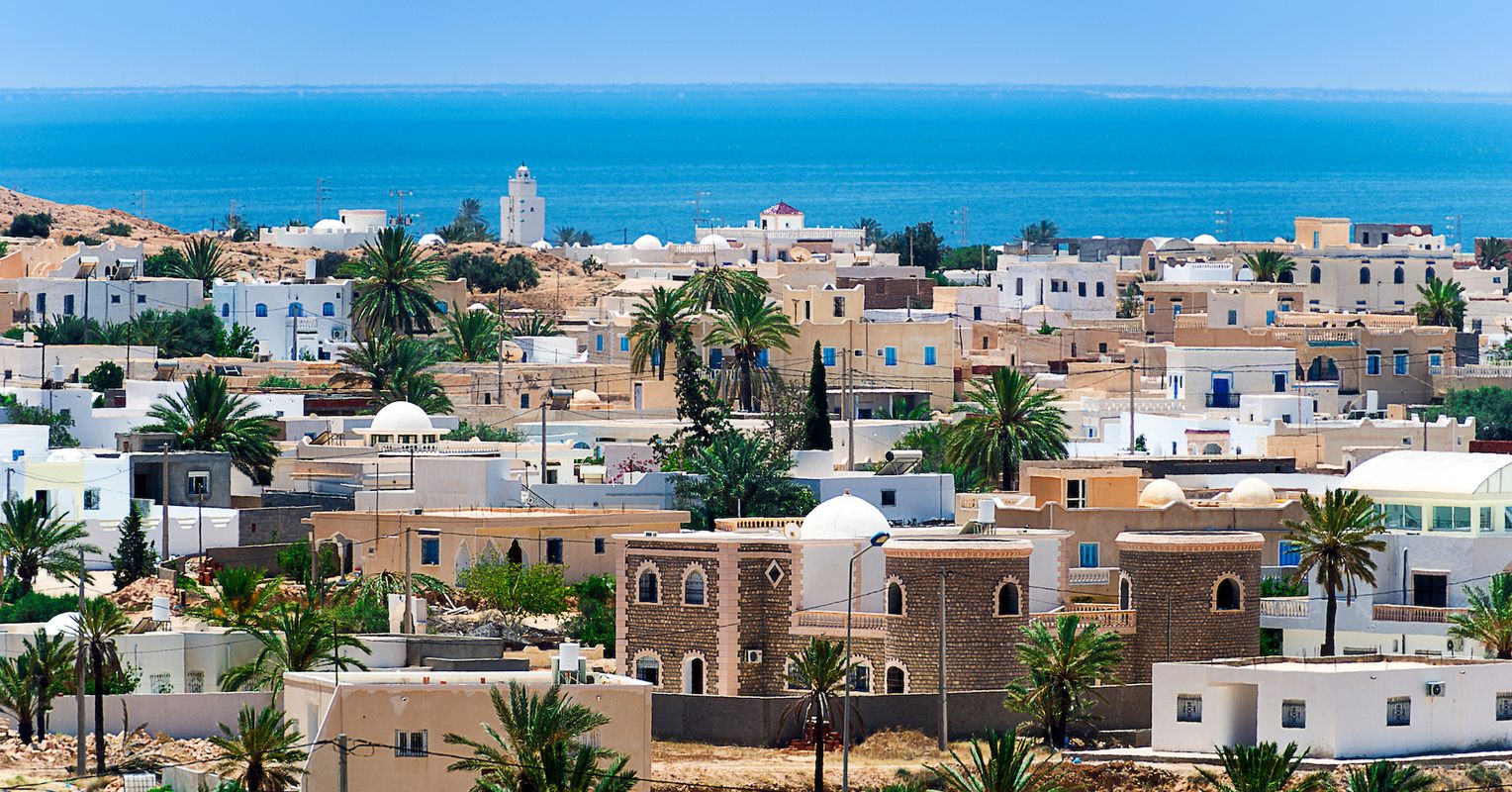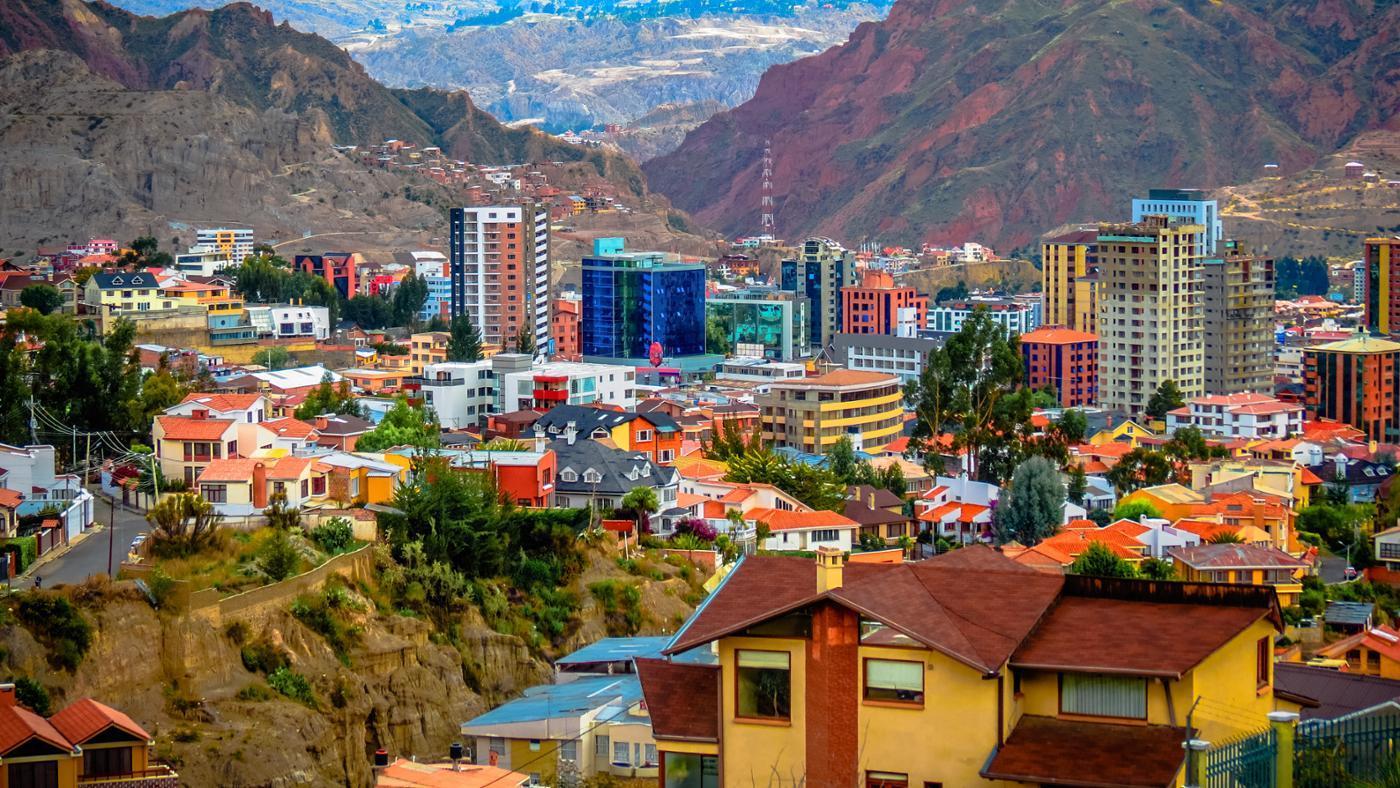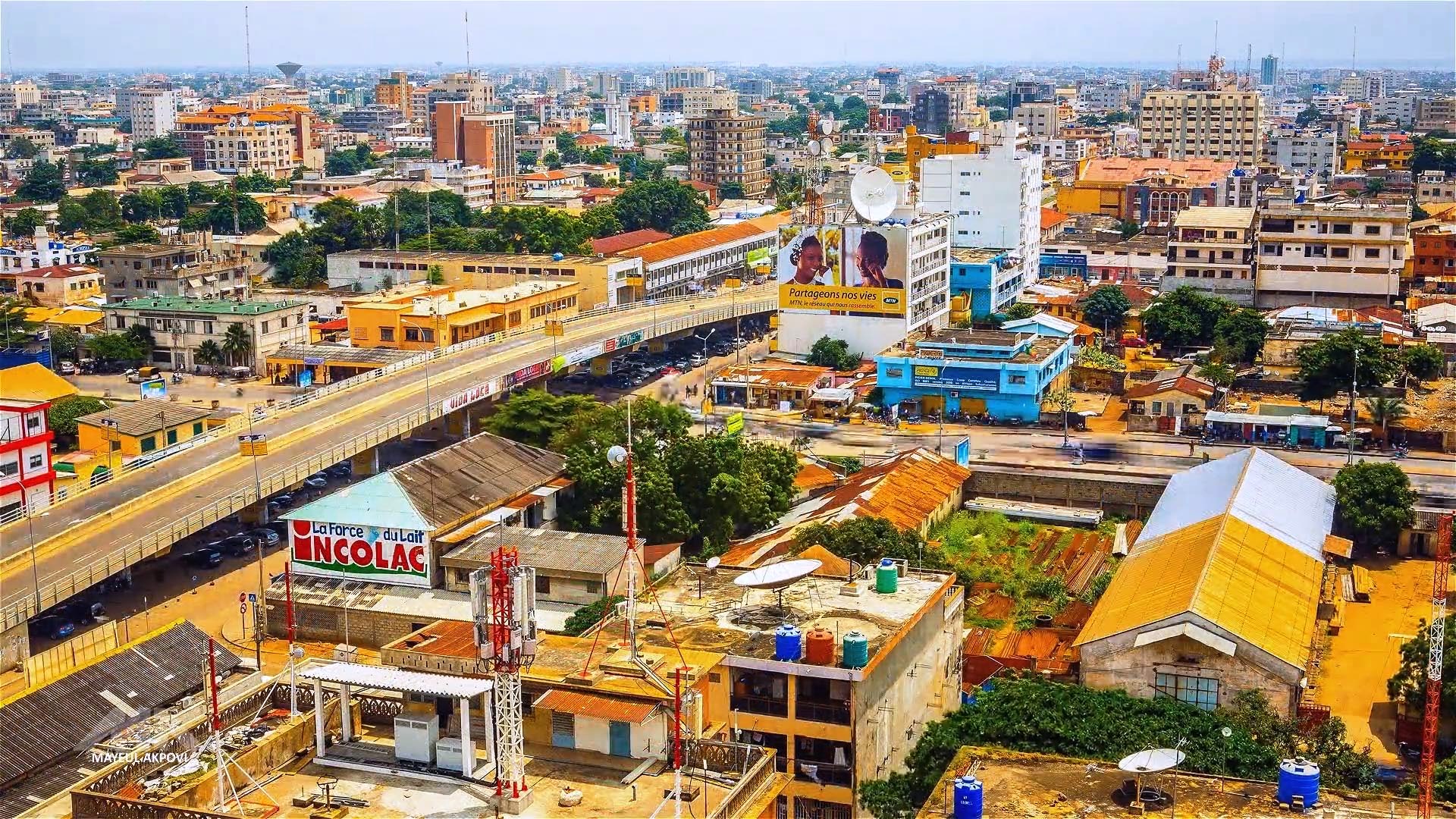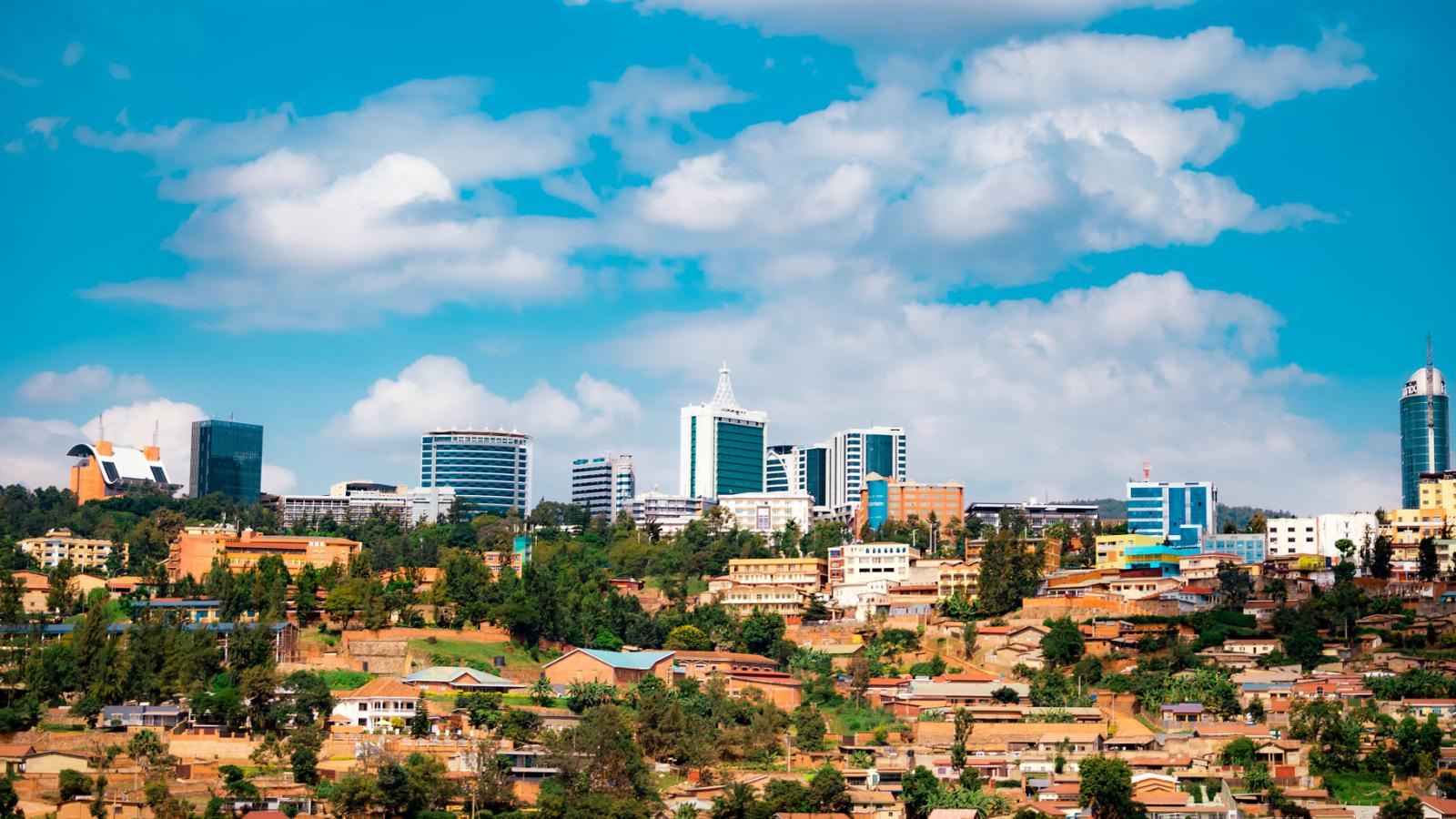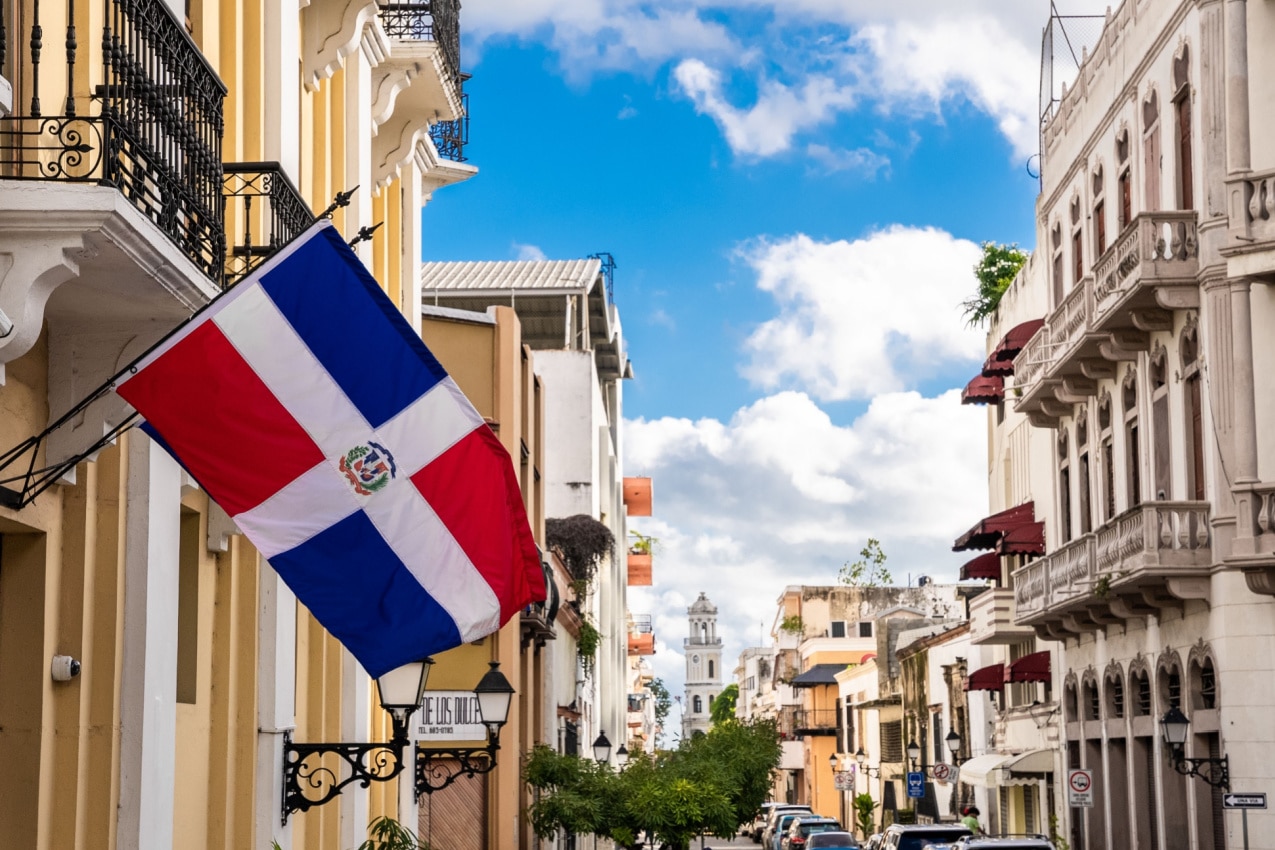
Nestled on the eastern portion of the island of Hispaniola in the Caribbean Sea, the Dominican Republic is a nation known for its stunning natural beauty, rich cultural heritage, and vibrant tourism industry. Lush rainforests, dramatic mountain ranges, and idyllic beaches with crystal-clear waters characterize the country’s diverse landscapes.
The Dominican Republic shares the island with Haiti, and both countries have a complex history intertwined with European colonization and African influences. This blend is evident in the Dominican Republic’s vibrant culture, with its music, cuisine, and traditions reflecting a mix of European, African, and Taíno elements. The population is predominantly Dominican Creole-speaking, with a strong Afro-Caribbean heritage.
Tourism is a major pillar of the Dominican Republic’s economy, alongside agriculture (particularly coffee and sugar cane) and free trade zones. The country faces challenges of poverty and income inequality. However, the Dominican Republic is striving for economic development and social progress, while preserving its unique cultural identity and natural wonders.
